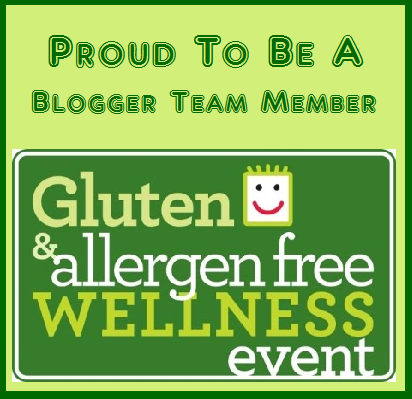When I first delved into GF baking over 8 years ago, the ingredient list required for most bread recipes was rather formidable for someone baking in a tiny dorm kitchen shared with several other people. A few months in, I was thrilled to discover an authentic traditional Irish 100%-oat soda bread that, being traditional, didn’t require any special starches or binders. It’s remained one of my standbys ever since. (I've mentioned it briefly once before, but I honestly don’t know why I’ve never shared the recipe here in all this time! Silly me…)
Sorry, oat-intolerant folks, but there’s not exactly a substitute for this one: the original recipe consists of oat flakes, steel-cut oats, and oat bran, with no other grains or flours. There’s really nothing quite like it - the texture is distinctly nubbly and it’s somehow simultaneously dense yet springy, with a delightfully chewy crust. I’ve tweaked it a little over the years, replacing some of the oat flakes with oat flour to bind it a little better, and letting the dough rest overnight in the fridge before baking to hydrate the oats more fully and develop flavor (original recipe bakes 30 minutes after mixing). More recently I’ve enjoyed using a little sourdough starter in place of part of the buttermilk. Here I’ve added a pinch of yeast instead to contribute some of that same depth of flavor, since I know most people don’t have GF sourdough starter on hand. I also like baking it in a dutch oven - it makes the crust chewier.
The original recipe also makes twice this amount - I made it smaller so the individual wedges would be more scone-sized. If you want to double it to make the full loaf, use an 8” round pan or skillet.
Irish Oaten Bread
 {Adapted from a recipe in The Irish Baking Book by Ruth Isabel Ross (1995) - see above for the changes I’ve made.}
{Adapted from a recipe in The Irish Baking Book by Ruth Isabel Ross (1995) - see above for the changes I’ve made.}
Makes 6 scone-sized wedges
100 g steel-cut oats
75 g oat bran
40 g rolled oats
20 g oat flour [or you may use more rolled oats instead]
3 g (½ tsp) salt
1/2 tsp brown sugar
1/2 tsp brown sugar
3 g (about ½ tsp) baking powder - I recommend Bob’s Red Mill
3 g (about ½ tsp) baking soda
300 g (about 1 ¼ cup) buttermilk -OR- 240 g kefir/yogurt plus 60 g water
Pinch of dry yeast (optional)
 Combine all dry ingredients, including yeast if using. Mix in the wet ingredients until well combined and transfer to a buttered 6” round cake pan. Cover and refrigerate overnight. Next day, take the pan out of the fridge and preheat the oven to 400º F/200º C, with a dutch oven or other lidded baking dish large enough to hold the cake pan. Using a stiff spatula or knife, score the loaf into 6 wedges.
Combine all dry ingredients, including yeast if using. Mix in the wet ingredients until well combined and transfer to a buttered 6” round cake pan. Cover and refrigerate overnight. Next day, take the pan out of the fridge and preheat the oven to 400º F/200º C, with a dutch oven or other lidded baking dish large enough to hold the cake pan. Using a stiff spatula or knife, score the loaf into 6 wedges.
Put the pan inside the hot dutch oven and cover it - immediately lower the oven temp to 350º F/175º C, and bake covered for 8-10 minutes. Remove lid and continue baking for a total of 35-45 minutes - the center should appear set and no longer moist, and the edges should be nicely browned. Let it cool in the pan a few minutes, then turn it out on a cutting board. Let cool before serving. Serve with good butter and/or jam, marmalade, or honey.
Notes:
Make sure all oats/oat products are marked GF! Conventional oats are frequently contaminated with small amounts of wheat, barley, or rye due to grain processing procedures. Arrowhead Mills and Bob’s Red Mill both sell GF steel-cut oats; BRM sells GF oat bran; GF rolled oats are available from many brands including BRM and Trader Joe’s. Oat flour can be ground from rolled oats in a food processor or blender.





